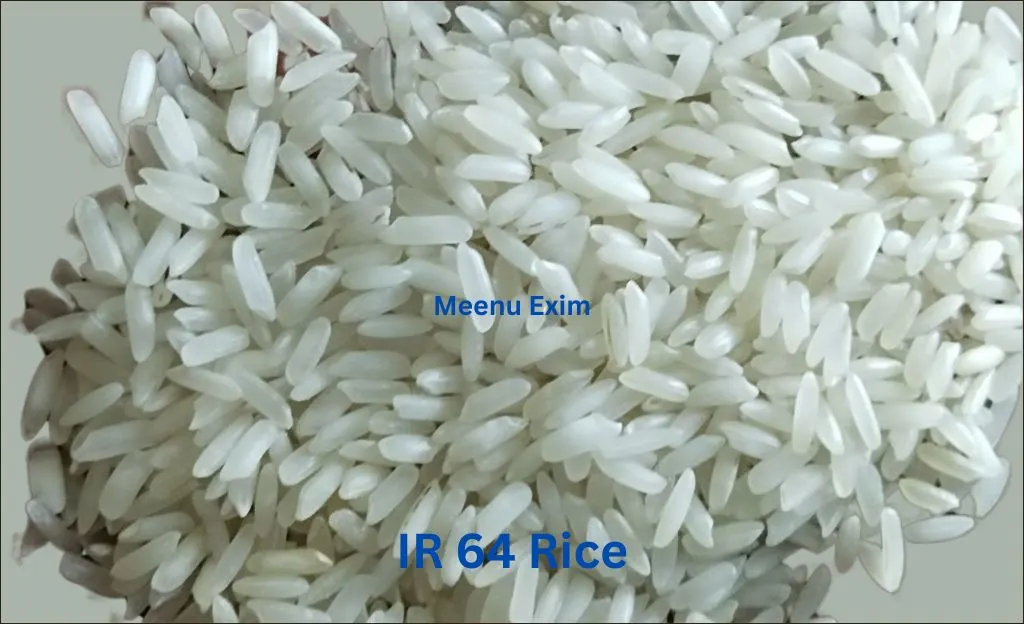
Table of Contents
ToggleIR 64 Rice

IR 64 is a highly popular and extensively cultivated non-Basmati rice variety. It was developed in the Philippines in 1985 by the International Rice Research Institute (IRRI). Thereafter it quickly spread to many other rice-growing countries, including India, Vietnam, Indonesia and several other nations in Africa.
Following are key characteristics of IR 64 Rice :
- Grain Type: IR 64 is a long-grain, non-Basmati rice. The average grain length is typically between 5.8mm and 6.2mm.
- Cooking Quality: It’s known for its excellent cooking quality. When cooked, the grains tend to fluff up and separate.
- Aroma: It generally has a mild and pleasant aroma.
- Yield: IR 64 is a high-yielding variety, making it financially attractive for farmers. Average varies from 22-24 quintals per acre.
- Maturity: It is an early-maturing variety, with average growth duration of approximately 117 days. This allows multiple cropping cycles per year.
- Disease and Pest Resistance: The main advantage of IR 64 is its resistance to various diseases and pests.
- Nutritional Value: It’s considered rich in carbohydrates and minerals. The parboiling process, often applied to IR 64, further enhances its nutritional properties and make it easier to digest.
Types of IR 64 Rice:
IR 64 rice is available in various types; the main types are:
- IR 64 Raw/White Rice: This is the milled rice without any prior processing. It comes in different broken percentages (e.g., 5%, 25%, 100% broken).
- IR 64 Parboiled Rice: This involves soaking, steaming, and drying the paddy before milling. Parboiling improves its nutritional content. It also makes it firmer, and gives it a slightly yellowish or golden shade.
- Ir 64 Sella Rice: This is a type of parboiled rice that undergoes a special steaming process, resulting in harder grains.